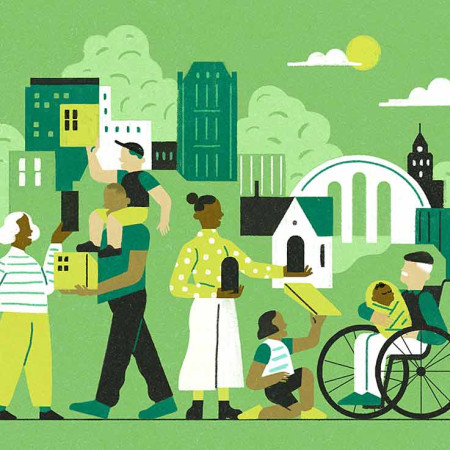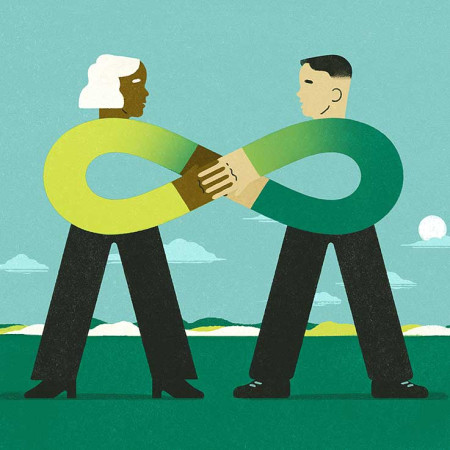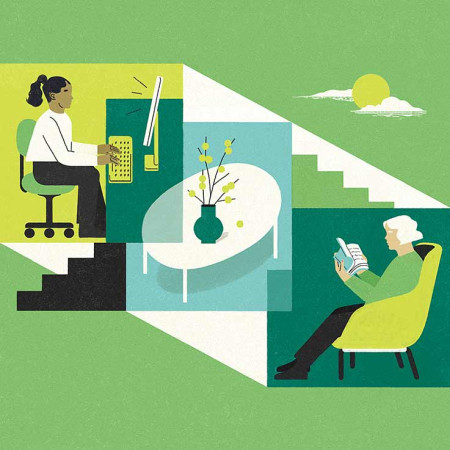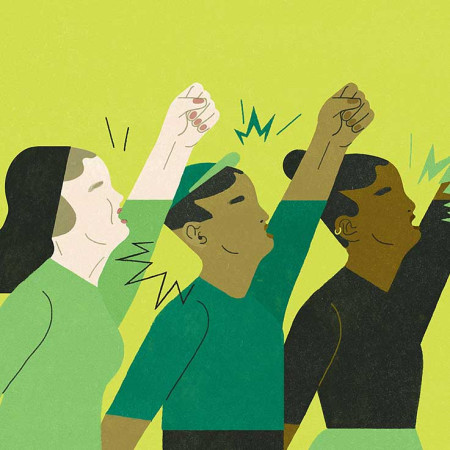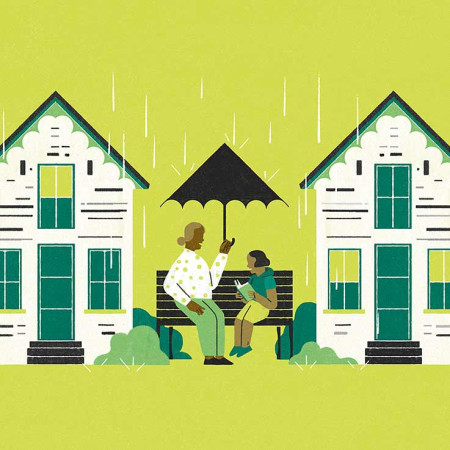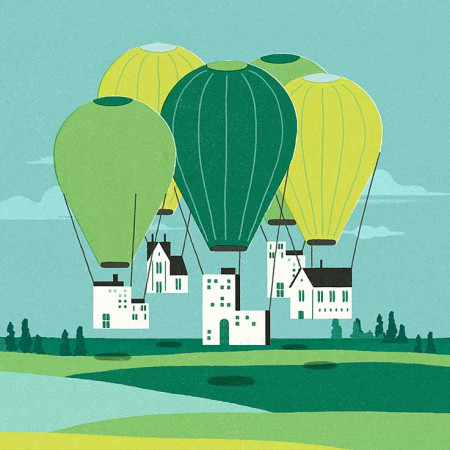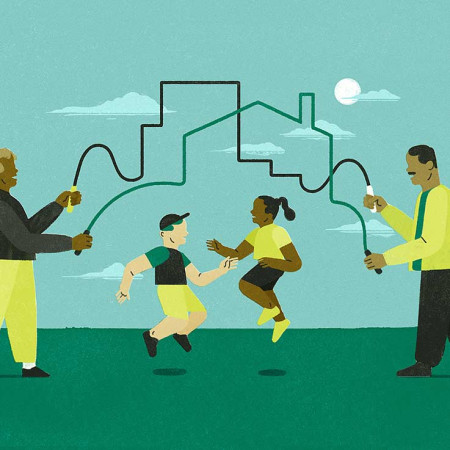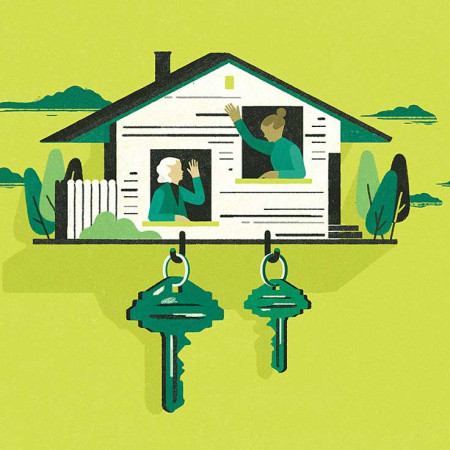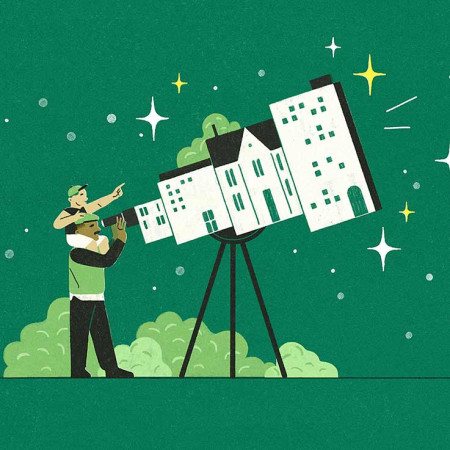-
Health
Rebuilding an Age-Integrated Society
Social innovation separated old from young, sowing disconnection and discontent. Here’s how we can come together again.
-
Civic Engagement
Four Ways to Age-Integrate National Service
National service programs can bring together older and younger people to serve side by side, producing a windfall of human and social capital, plus much-needed generational and cultural understanding.
-
Education
Building University Capacity for Intergenerational Home-Sharing
How universities can help mitigate the financial insecurities and social isolation of graduate students and older adults in their communities.
-
Advocacy
Bridging Faith and Social Justice Across Generations
How an unlikely alliance between Catholic nuns and young social activists benefits both groups.
-
Nonprofits & NGOs
The Power of Multigenerational Teams in the Social Sector
How second careers for older adults can help nonprofit workplaces age-integrate and benefit from multigenerational mentoring.
-
Health
It Takes a Multigenerational Village to Raise Foster Kids
Planned, intergenerational communities can help support families raising foster children, as well as youth and elders seeking low-income housing and community.
-
Philanthropy & Funding
Philanthropy’s Problem With Single-Issue Solutions
Why more funders need to address multiple issues simultaneously, and what the only US foundation currently funding intergenerational programs has learned from the approach.
-
Education
The Two-Way Benefits of Local, Intergenerational Classroom Support
Four ways classroom tutoring support can improve education while increasing the well-being of young and older populations in underserved communities.
-
Education
Long-Life Learning and the Age-Integration of Higher Education
A look at how colleges and universities can move from age-segregated institutions to age-integrated ones.
-
Health
The Power of Proximity: Co-Locating Childcare and Eldercare Programs
Intergenerational shared sites that bring childcare and eldercare under the same roof help both generations thrive, and we need to build more of them.
-
Technology
Solving the Loneliness Epidemic, Two Generations at a Time
Four ways technology can help organizations working to fight loneliness, while transforming eldercare and the lives of older and younger adults.
-
Health
Tackling the Housing Crisis and Bridging Generational Divides Through Home-Sharing
Intergenerational home-sharing provides younger adults with affordable housing and older adults with needed income and a way to age in place.
-
SERIES INTRODUCTION
Health
Overcoming Age Segregation
How social innovation can reshape a century of generational separation in the United States, and bring together the talents of young and old to improve life for all.
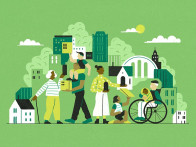
Meeting the Multigenerational Moment
The United States began the 20th century as one of the most age-integrated societies in the world and ended it as one of the most age-segregated. This restructuring has left the country ill-prepared for a world with more Americans living longer lives and more generations living at the same time. It has also yielded a range of social problems, including wasted human resources, rampant ageism, and an epidemic of loneliness. Younger and older people are the most isolated groups in society—a reality made all the more evident by the COVID-19 pandemic.
As the United States crosses a demographic Rubicon—with more individuals over 60 than under 18 for the first time in history—it’s time to turn the situation around in ways that both alleviate the problems created by age segregation, and help realize the benefits of greater cross-generational engagement and interdependence. The social sector must be as creative about bringing people of different ages together as previous innovators were about splitting them apart.
Fortunately, a vibrant, if fledgling, movement to bridge generational divides is already underway. This essay series, presented in partnership with Encore.org and The Eisner Foundation, explores some of the most promising innovations, shining a light on the breakthroughs, lessons, and barriers to both success and scale. Written by a mix of social entrepreneurs, academic researchers, and philanthropic leaders, the series aims to demonstrate how fresh thinking and new social arrangements hold the potential to make the most of an increasingly multigenerational society.
(Series illustrations by Gracia Lam)


